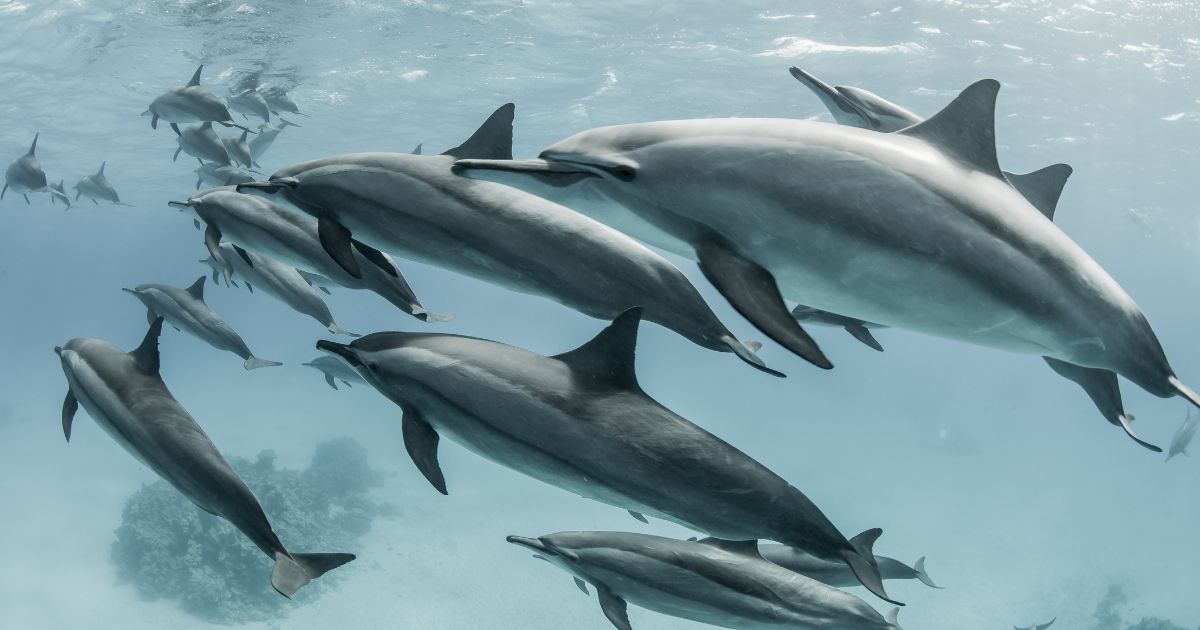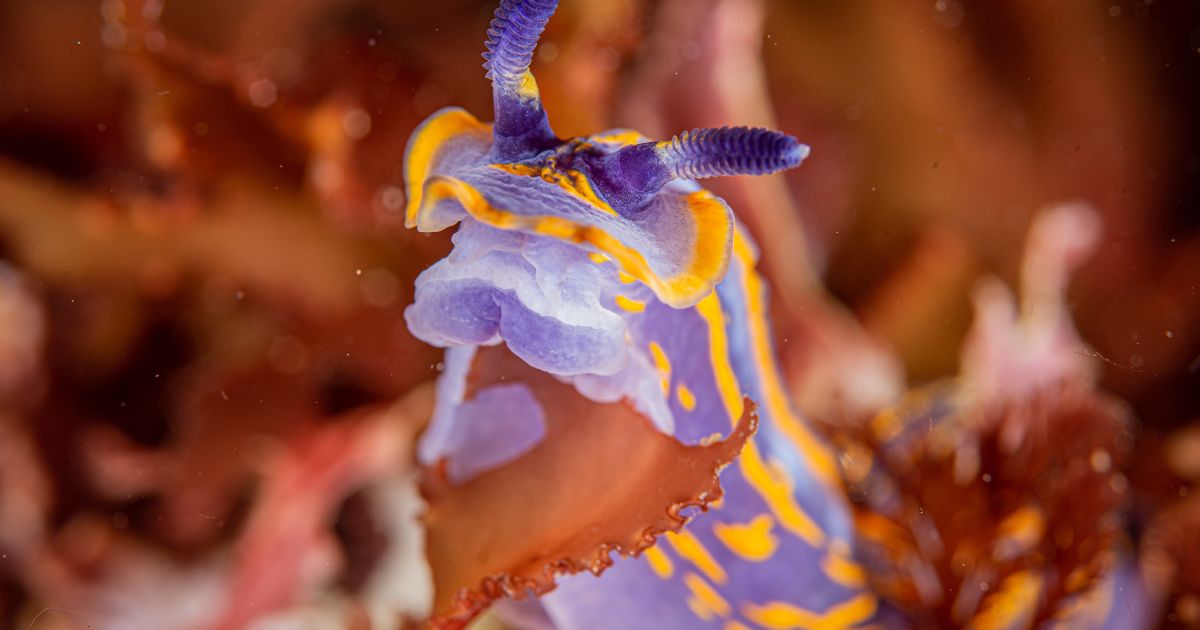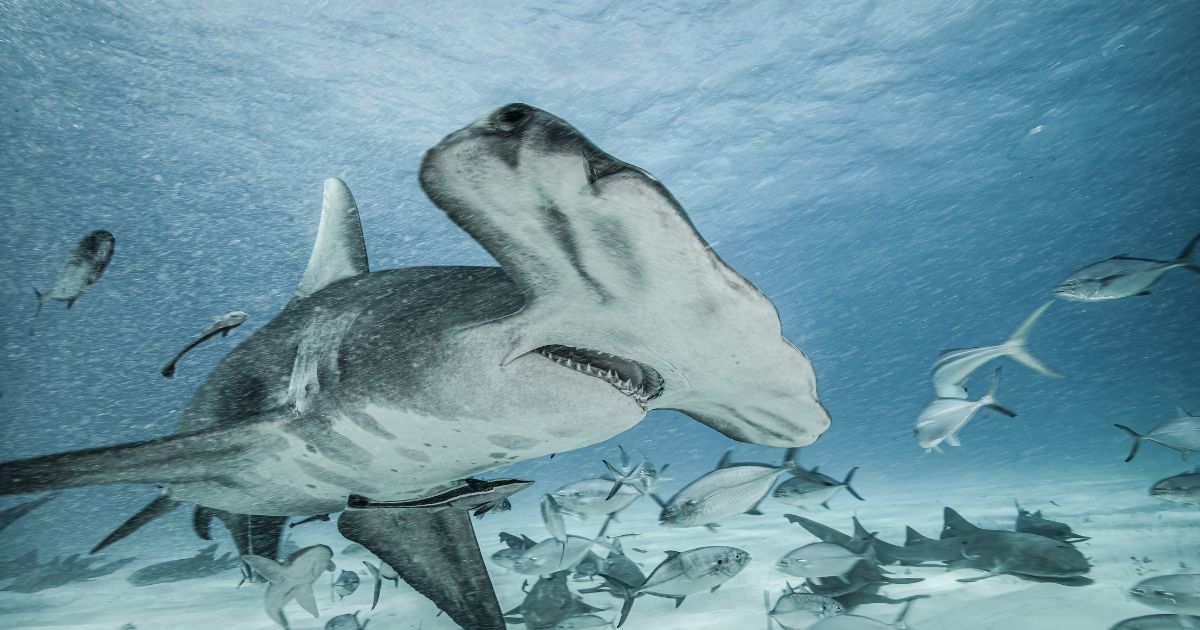Report Reveals Damaging Activities Allowed in Over One-Third of World's Largest Marine Protected Areas
A new scientific report, co-authored by MARE researcher Emanuel Gonçalves, reveals that more than a third of the world's largest marine protected areas (MPAs) allow highly damaging industrial activities, such as large-scale commercial fishing, which is the main cause of biodiversity loss in the ocean.
 The assessment, published by Conservation Letters and conducted by an international team of 11 researchers, analyzed the capacity of the world's 100 largest MPAs to deliver positive biodiversity outcomes, which collectively account for approximately 90% of the total marine protected area globally. The research evaluated the key indicators for success, including management and permitted human activities, based on criteria established by “The MPA Guide: A framework to achieve global goals for the ocean,” published in Science in 2021.
The assessment, published by Conservation Letters and conducted by an international team of 11 researchers, analyzed the capacity of the world's 100 largest MPAs to deliver positive biodiversity outcomes, which collectively account for approximately 90% of the total marine protected area globally. The research evaluated the key indicators for success, including management and permitted human activities, based on criteria established by “The MPA Guide: A framework to achieve global goals for the ocean,” published in Science in 2021.
“This paper shows that a large proportion of the area that was supposed to be protected in the ocean is in fact still open to some of the most impactful activities and/or not regulated nor implemented. In spite of advances in commitments and intentions, the real and effective protection of the ocean is still lagging far behind what those commitments call for. This means that we need to fix what exists and also that we need to do different moving forward, namely by bringing the international standards of IUCN and the MPA Guide to implement networks of MPAs with the scale, speed and impact required to protect what is left and recover what we have lost due to overexploitation and other impacts in the ocean. », explained Emanuel Gonçalves.
MPAs are defined areas of the ocean managed to achieve the long-term conservation of nature, and they aim to protect and recover marine biodiversity, promote healthy and resilient ecosystems, and provide lasting benefits to both people and the planet. As the world strives to protect at least 30% of the ocean by 2030—a target set by a United Nations’ international agreement—this assessment provides an important reminder that achieving this goal requires both increased quantity and improved quality of marine protected areas. The assessment's findings raise questions about the effectiveness of current conservation efforts in achieving the declared goals of marine protection.

Lead researcher Beth Pike, who directs the Marine Conservation Institute's Marine Protection Atlas, emphasizes the significance of effective design and management for achieving the intended outcomes of marine protected areas.
"MPAs can deliver significant benefits to people, nature, and the planet, but unfortunately, we see vast gaps between the amount of ocean covered by MPAs and the strength of those protections in many cases,” Pike said. “Quality—not just quantity—should indicate progress toward reaching the goal of protecting at least 30% of the ocean by 2030."
Currently, the World Database on Protected Areas from the United Nations Environment Programme World Conservation Monitoring Centre lists more than 18,000 marine protected areas covering 30 million square kilometers (or about 8%) of the global ocean. The 100 largest MPAs overwhelmingly account for most of this total – about 26.3 million square kilometers (or about 7.3%) of the global ocean.
The MPA Guide links scientific evidence to conservation outcomes, creating a framework to categorize MPAs and whether MPAs are set up to successfully contribute to conservation outcomes. While MPAs are commonly considered proven and effective tools for ocean conservation, the report highlights wide variations in design, goals, regulations, and management. For instance, some MPAs allow activities such as mining, industrial fishing, or aquaculture, while others are fully protected. This mismatch between the declared goals of an MPA and the likelihood of delivering those outcomes raises concerns about the efficacy of these protected areas.

According to the analysis, one-third of reported MPA area allows industrial-scale, damaging activities, and another quarter of the area (6.7 million square kilometers) is not yet implemented on the water. Without regulations or management, these areas are no different from surrounding waters and cannot deliver conservation benefits. Including these areas in the current tally of marine protection results in a misguided understanding of human impacts on the ocean and marine conservation progress.
The study’s authors also point out that large MPAs disproportionately exist in remote areas and overseas territories, leaving important habitats and species unprotected and vulnerable throughout much of the ocean.
“Successfully safeguarding our ocean, and its benefits to human wellbeing, from the devastating consequences of destructive activities can only be achieved with a clear understanding of global progress,” said Dr. Kirsten Grorud-Colvert, associate professor at Oregon State University, who co-authored the assessment and was lead author of The MPA Guide. “This assessment identifies challenges but also points to a clear, evidence-based path to achieve effective protection for a healthy and resilient ocean.”
Dona Bertarelli, a philanthropist, ocean advocate, and Patron of Nature for the International Union for Conservation of Nature said: “Growing understanding, support and momentum toward area-based global targets such as 30 by 30 are crucial for moving the dial on ocean conservation – but only provide meaningful progress when effective. Well-designed, managed, and enforced MPAs can provide enormous benefits for both people and nature. Now is the time for collective action – before it’s too late for our ocean and planet.”
To access the report click HERE
Text provided by Press Release and edited by MARE's communication group
Photographs by ISPA and provided by Emanuel Gonçalves
